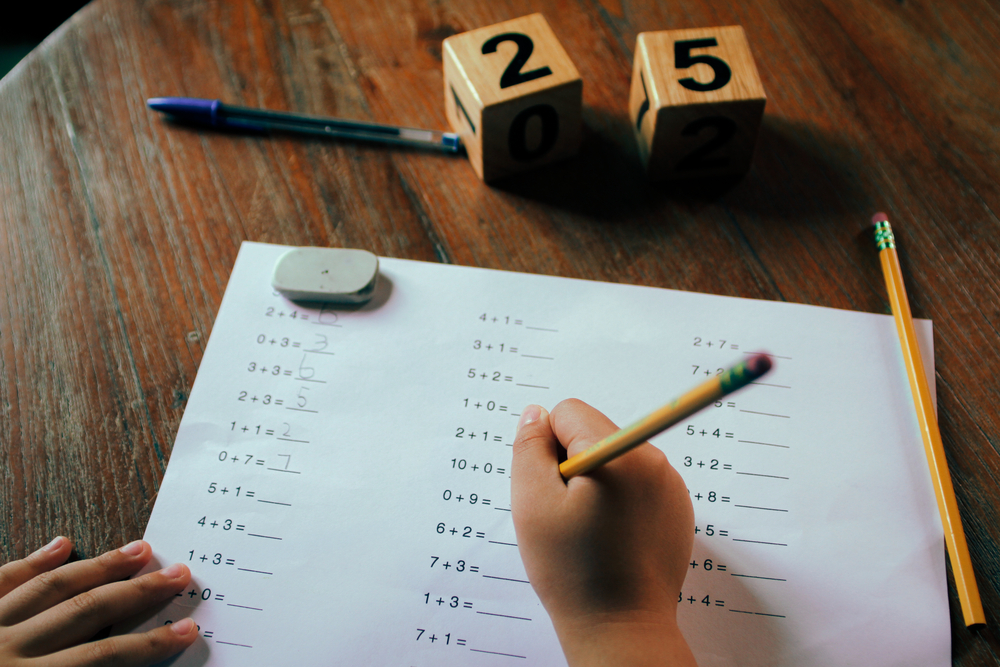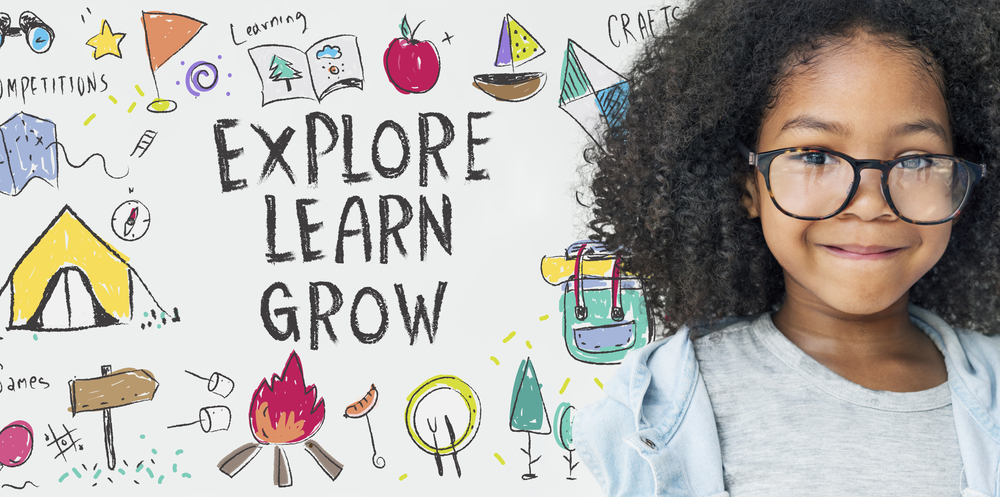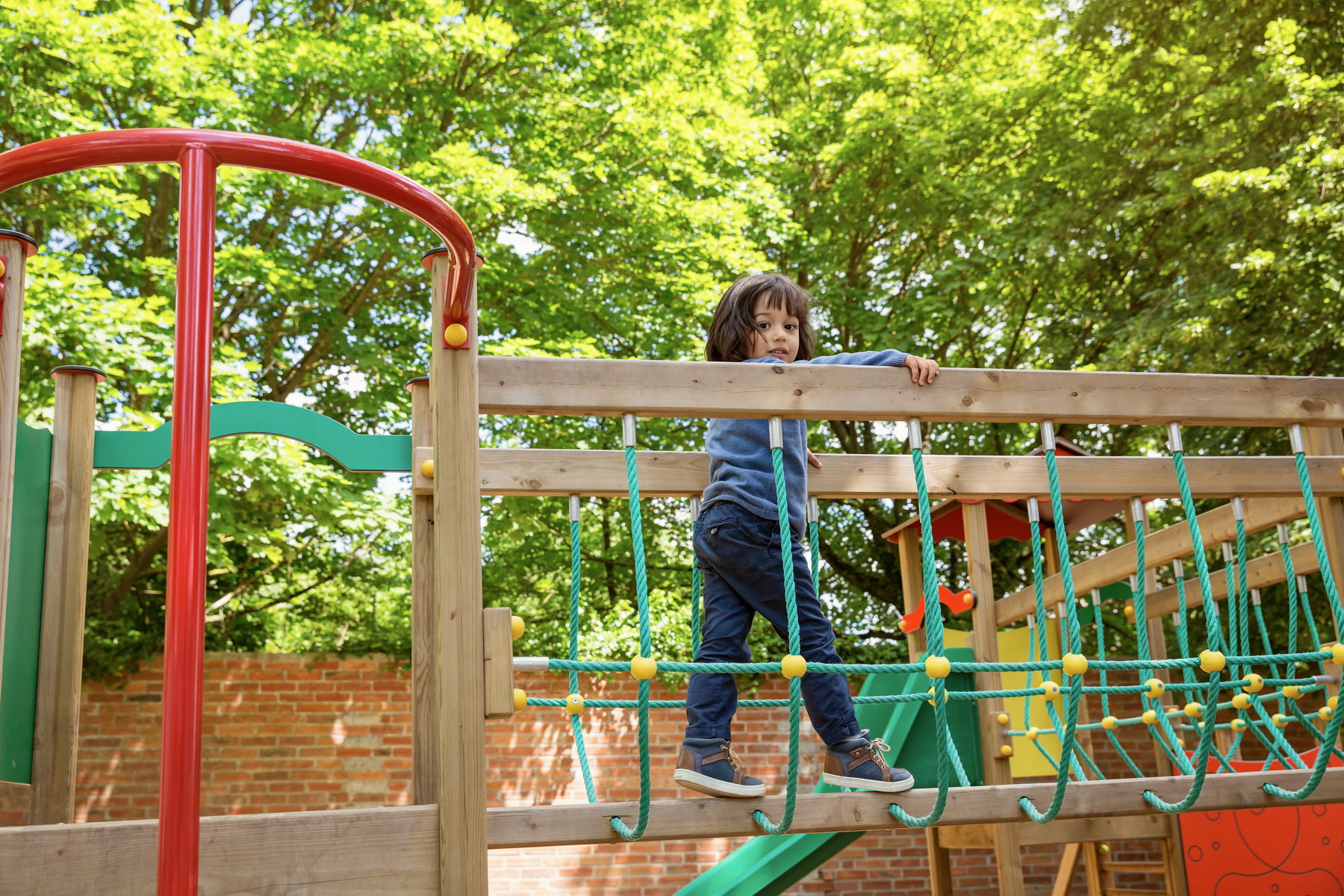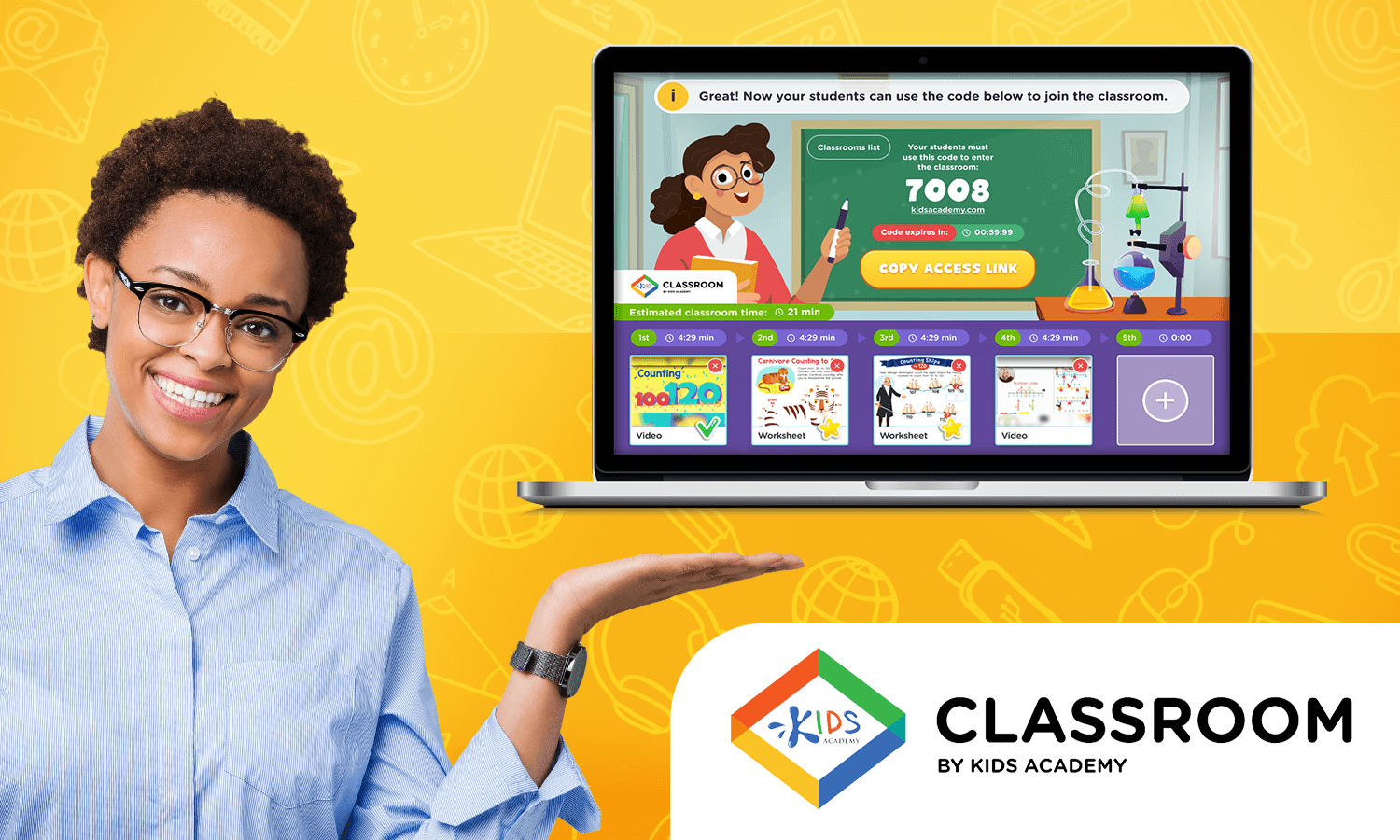Reading Non-Fiction worksheets activities for Ages 4-9
4 filtered results
-
From - To
Explore our engaging Reading Non-Fiction worksheets designed for children ages 4-9! These activities cultivate critical thinking skills and foster a love for knowledge by introducing young learners to fascinating real-world topics. From understanding basic facts to developing comprehension skills, our worksheets encourage kids to explore various subjects through age-appropriate reading materials. Each activity is carefully crafted to enhance their ability to grasp information, make connections, and answer questions effectively. Perfect for classroom settings or at-home learning, these worksheets will inspire curiosity and ignite a passion for reading non-fiction, making learning both fun and enriching for your child!
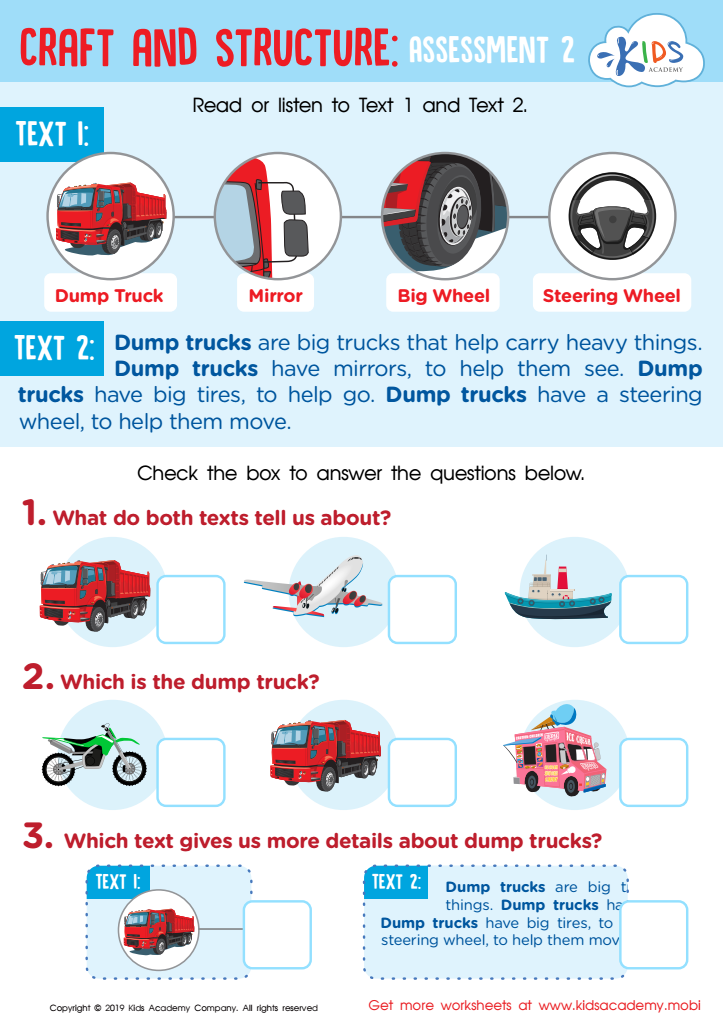

Craft and Structure: Assessment 2 Worksheet
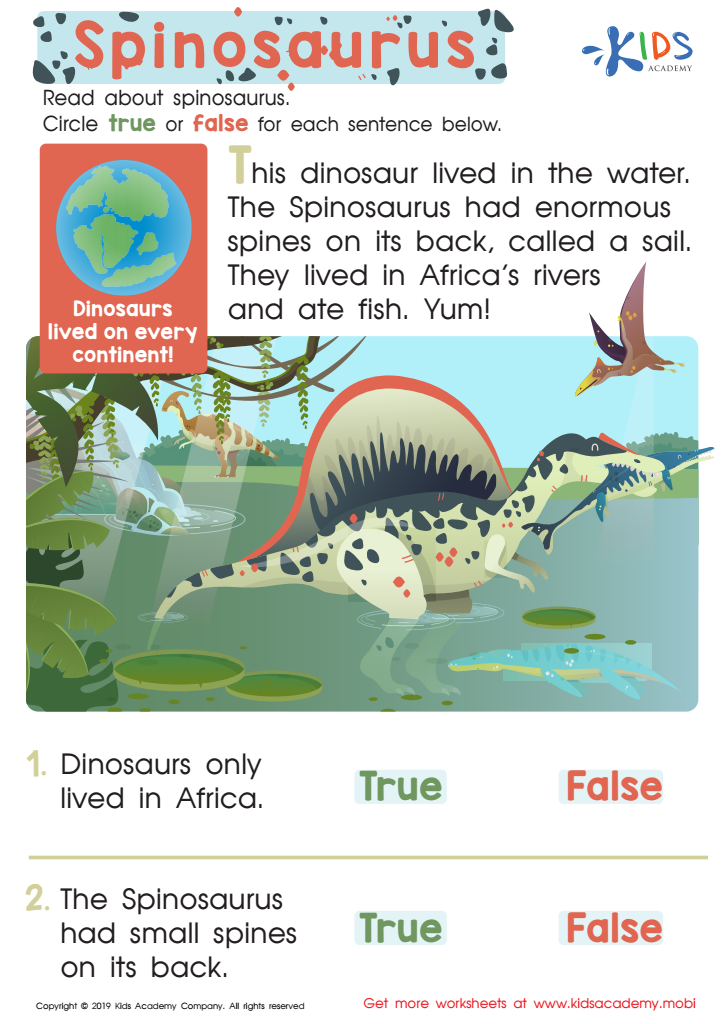

Spinosaurus Assessment Worksheet
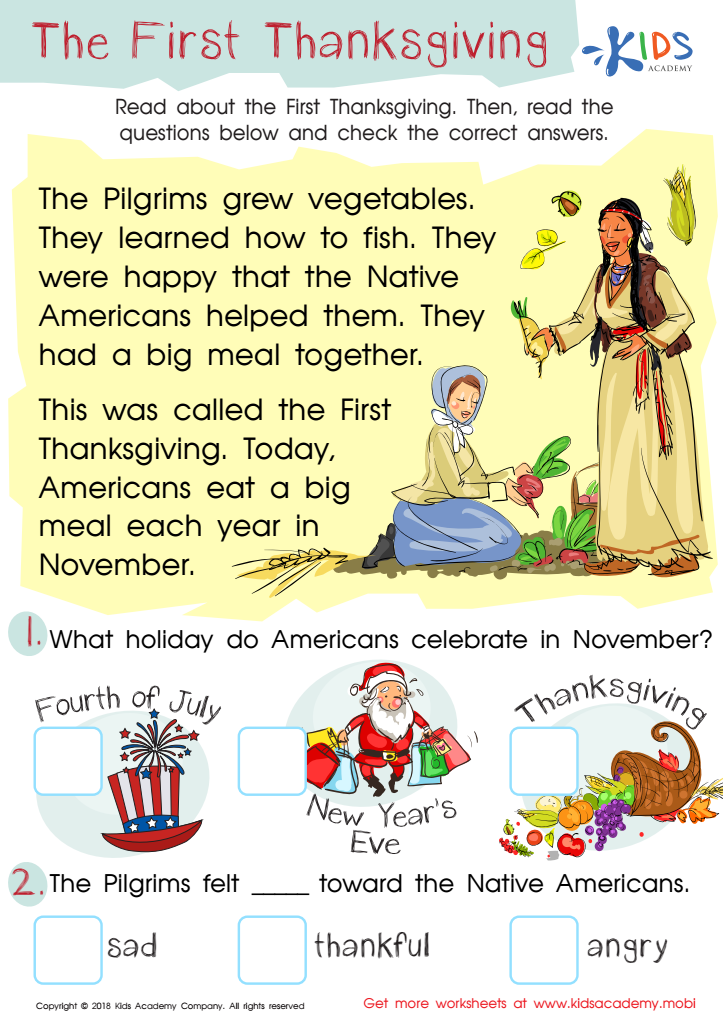

Assessment: First Thanksgiving Worksheet
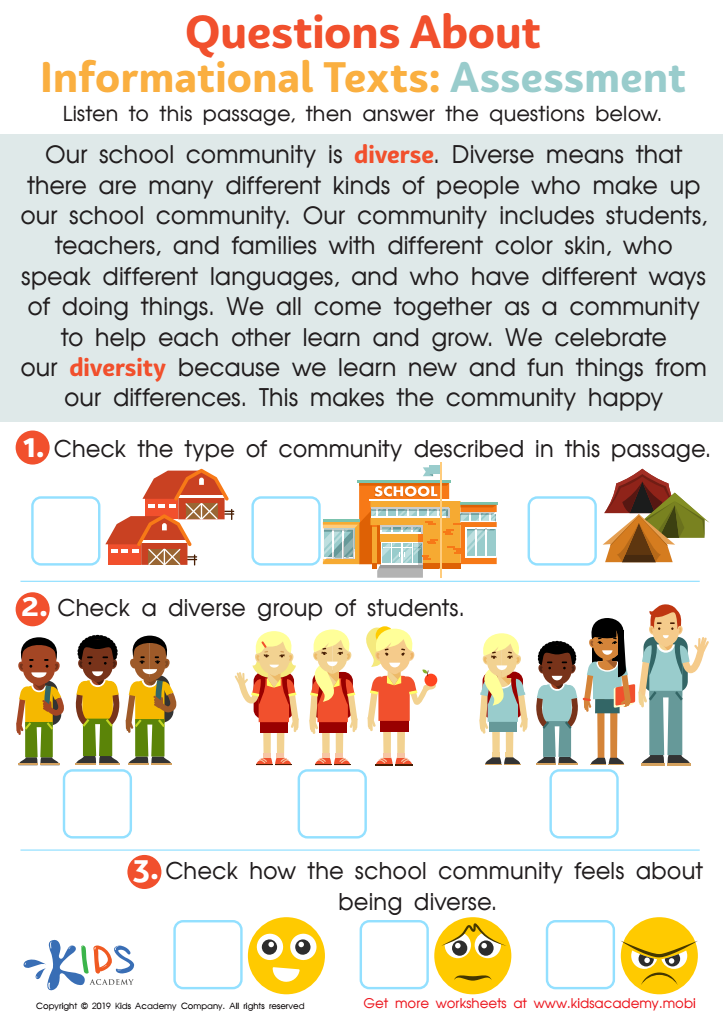

Questions About Informational Texts: Assessment 1 Worksheet
Parents and teachers play a crucial role in fostering a love for reading, particularly when it comes to non-fiction activities for children aged 4-9. Engaging with non-fiction texts can have profound developmental benefits for young learners. Firstly, non-fiction reading exposes children to real-world concepts, encouraging curiosity and critical thinking as they explore facts about nature, history, science, and cultures. This knowledge lays a foundation for academic success, fueling lifelong learning.
Moreover, non-fiction reading enhances vocabulary development. Children encounter a diverse range of words that are often absent in fiction, helping them build essential language skills. These literacy skills are vital during the formative years and support comprehension in various subjects as they progress in school.
Additionally, engaging with non-fiction texts can cater to different learning styles, especially for visual and kinesthetic learners who thrive on real-life applications and hands-on activities. It inspires creativity and imagination by relating stories to the real world, allowing young learners to visualize and conceptualize information practically.
Promoting non-fiction reading not only equips children with knowledge but also empowers them to be informed citizens. Ultimately, parents and teachers should prioritize these activities as they significantly contribute to holistic child development and facilitate a well-rounded educational experience.
 Assign to My Students
Assign to My Students






